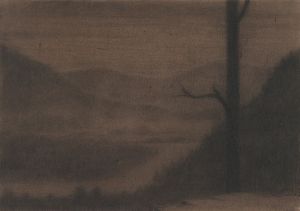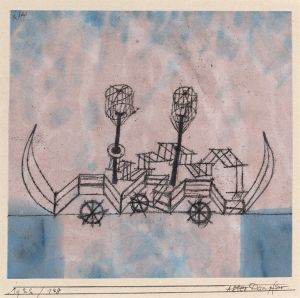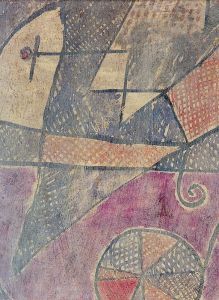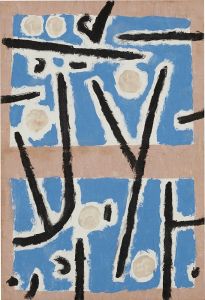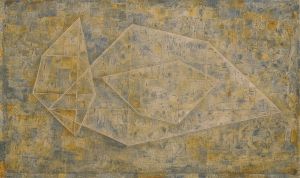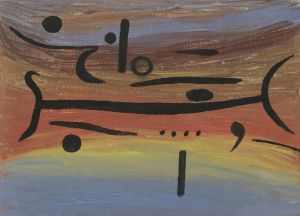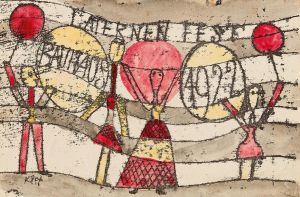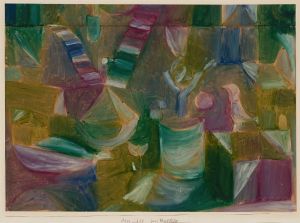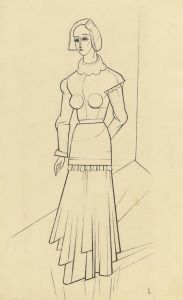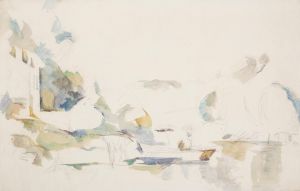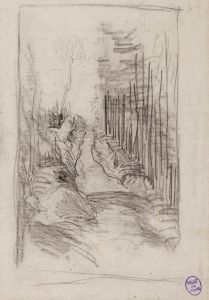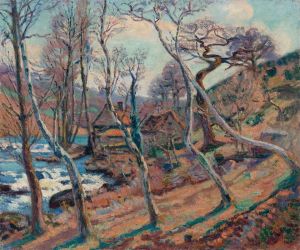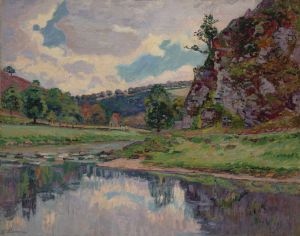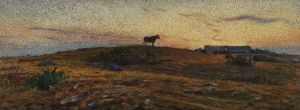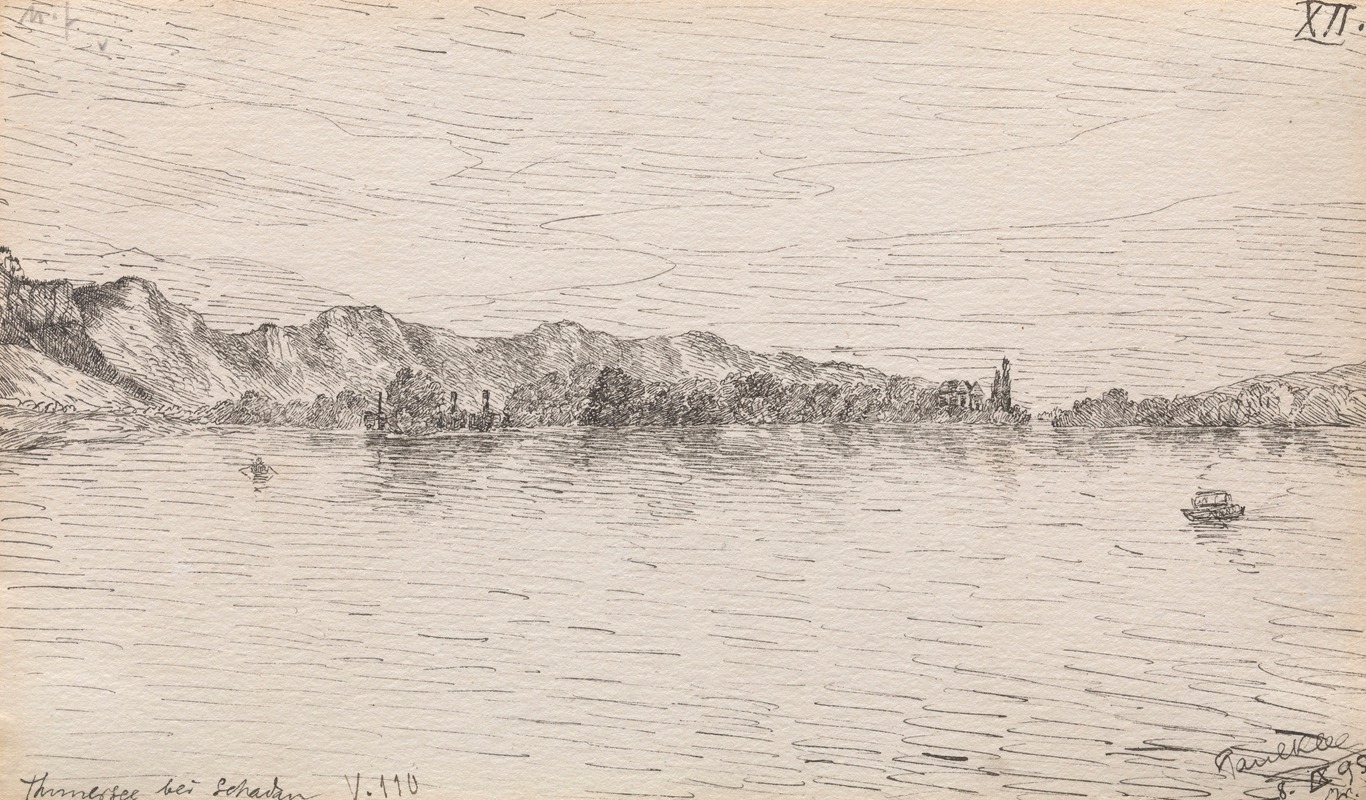
Thunersee near Schadau
A hand-painted replica of Paul Klee’s masterpiece Thunersee near Schadau, meticulously crafted by professional artists to capture the true essence of the original. Each piece is created with museum-quality canvas and rare mineral pigments, carefully painted by experienced artists with delicate brushstrokes and rich, layered colors to perfectly recreate the texture of the original artwork. Unlike machine-printed reproductions, this hand-painted version brings the painting to life, infused with the artist’s emotions and skill in every stroke. Whether for personal collection or home decoration, it instantly elevates the artistic atmosphere of any space.
Paul Klee, a Swiss-born artist, is renowned for his highly individual style that was influenced by movements in art that included Expressionism, Cubism, and Surrealism. One of his works, "Thunersee near Schadau," captures the serene beauty of the Thunersee, or Lake Thun, near the Schadau region in Switzerland. This painting is a testament to Klee's ability to blend natural landscapes with abstract elements, creating a unique visual language that communicates both emotion and intellect.
"Thunersee near Schadau" is a reflection of Klee's deep connection to the Swiss landscape, which he often depicted in his works. The painting showcases his characteristic use of color and form, which are employed to evoke a sense of harmony and balance. Klee's approach to painting was deeply influenced by his experiences and observations of nature, and this work is no exception. The composition is marked by a subtle interplay of geometric shapes and a palette that captures the essence of the Swiss countryside.
Klee's artistic journey was marked by his time at the Bauhaus, where he taught alongside other notable artists such as Wassily Kandinsky and László Moholy-Nagy. His tenure at the Bauhaus was a period of prolific output and experimentation, during which he developed many of the techniques and theories that would define his later work. "Thunersee near Schadau" can be seen as a product of this period, reflecting his interest in the relationship between color and form, as well as his exploration of abstraction.
The painting is characterized by its use of a grid-like structure, a technique that Klee often employed to organize his compositions. This structure allows for a rhythmic arrangement of colors and shapes, guiding the viewer's eye across the canvas. The use of muted tones interspersed with brighter hues creates a dynamic yet harmonious visual experience, reminiscent of the natural beauty of Lake Thun and its surroundings.
Klee's work is often described as a visual diary, with each piece reflecting his thoughts, emotions, and experiences. "Thunersee near Schadau" is no different, offering insight into Klee's perception of the world around him. His ability to distill the essence of a landscape into abstract forms is a hallmark of his style, and this painting exemplifies his mastery of this technique.
Throughout his career, Klee was influenced by a variety of sources, including music, poetry, and the natural world. His work often transcends traditional artistic boundaries, incorporating elements of these diverse influences. In "Thunersee near Schadau," one can see the influence of music in the rhythmic arrangement of forms and the lyrical quality of the composition.
Paul Klee's legacy as an artist is marked by his innovative approach to painting and his ability to convey complex ideas through simple forms. "Thunersee near Schadau" is a testament to his skill and vision, capturing the essence of a landscape while simultaneously pushing the boundaries of artistic expression. This painting, like much of Klee's work, invites viewers to engage with it on multiple levels, offering a rich and rewarding visual experience.





